Companion Plants For Leeks: 17 Plants That Will Boost Growth
Looking for what companion plants for leeks are the best?
Are you looking for ways to promote the growth of your leeks and keep pests away?
Trust me, I share your frustration because leeks’ number one enemy – leek moths – ruined the precious leeks in my own garden as well.
So, I have done a little research and exploring, and then replanted my leeks with companion plants. And voila! My new batch of leeks is as healthy as they could be!
Best part? It is all-natural as absolutely no chemicals or pesticides are involved.
So, here we go! I’m going to spill the beans on the 17 best companion plants for leeks.
17 Best Companion Plants For Leeks That Will Boost Growth
1. Carrots
2. Strawberries
3. Cabbage
4. Tomatoes
5. Spinach
6. Beets
7. Lettuce
8. Celery
9. Thyme
10. Rosemary
11. Melons
12. Corn
13. Parsnips
14. Chamomile
15. Nasturtium
16. Alliums
17. Apple
Affiliate Link Disclosure
Some of the links here are affiliate links, and I may earn if you click on them, AT NO EXTRA cost to you. I hope you find the information here useful! Thanks!
Related posts
- How To Get Rid Of Pot Worms [A Quick And Easy Guide 2022]
- How To Grow Moneymaker Tomatoes + Tips To Grow Faster! [2022]
- How To Grow Tomatoes From Seeds Without Soil? 2022 Update
- 17 Companion Plants For Pumpkins-Help Them THRIVE!
- 27 Companion Plants For Mint To Thrive (And Avoid!)
17 Best Companion Plants For Leeks
1. Carrots
If you are wondering what to plant with leeks, carrots and leeks is the easiest pairing.
Carrots and leeks are the best pairing companion plants for each other. This is because carrots and leeks are susceptible to carrot flies and leek moths respectively.
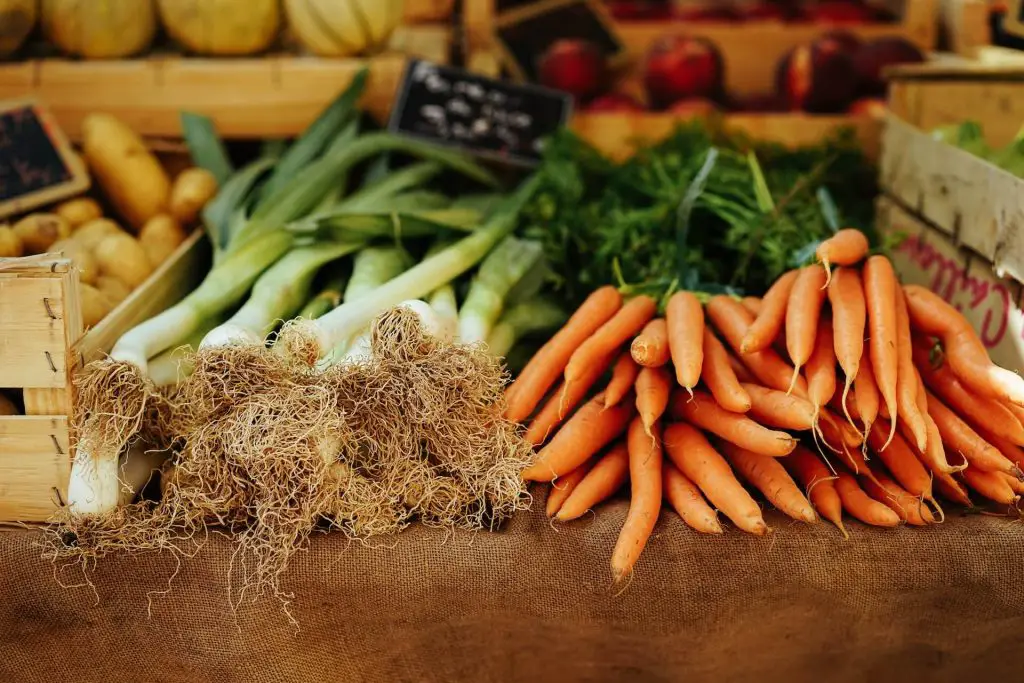
Miraculously, carrots deter leek moths and leeks keep carrot flies away. Furthermore, since both are root vegetables, they help loosen up the soil as they grow into it. This allows more room for growth which in turn results in larger produce.
It is no doubt a win-win pairing.
And did I mention that carrots and leeks make a delicious lip-smacking soup too? Give this one a try. You won’t regret it!
2. Strawberries
Leeks companion planting does not necessarily benefit both plants.
For strawberries, this will be a one-way relationship as leeks do not benefit from the strawberries in any way.
Strawberries on the other hand benefit greatly from having leeks planted around them. This is because leeks deter most of the pests that damage strawberry crops due to their aroma.
You will definitely be happy to spend less time pruning your strawberries.
3. Cabbage
Like strawberries, cabbage is another plant that benefits from leeks too. Whiteflies and white caterpillars do not like the odor of leeks and hence, leeks can naturally hinder these pests on the cabbage.
Besides that, both cabbage and leeks require similar care and needs, so naturally, it is perfect to plan them together.
4. Tomatoes
Leeks and tomatoes companion planting is another great example of a natural pest deterrent. Aphids, a sap-sucking insect that often plagues tomato crops is an extremely common scenario.
Again, the odor from leeks naturally repels aphids and also other pests from the crops around it, keeping the tomatoes safe from them.

5. Spinach
Other than carrots, carrot flies also commonly attack spinach. By planting leeks within the vicinity of your spinach, the aroma from leeks can help to keep carrot flies at bay.
Leeks, however, do not benefit from spinach.
6. Beets
Beets are very much like leeks in terms of care and needs. So, naturally, it is easy to plant both leeks and beets together to simplify the maintenance work of your crops.
Since leeks, cabbage and leeks share similar traits in terms of companion planting it is not uncommon to see them planted together.
This trio of vegetables is an excellent combination to have to optimize your garden space.
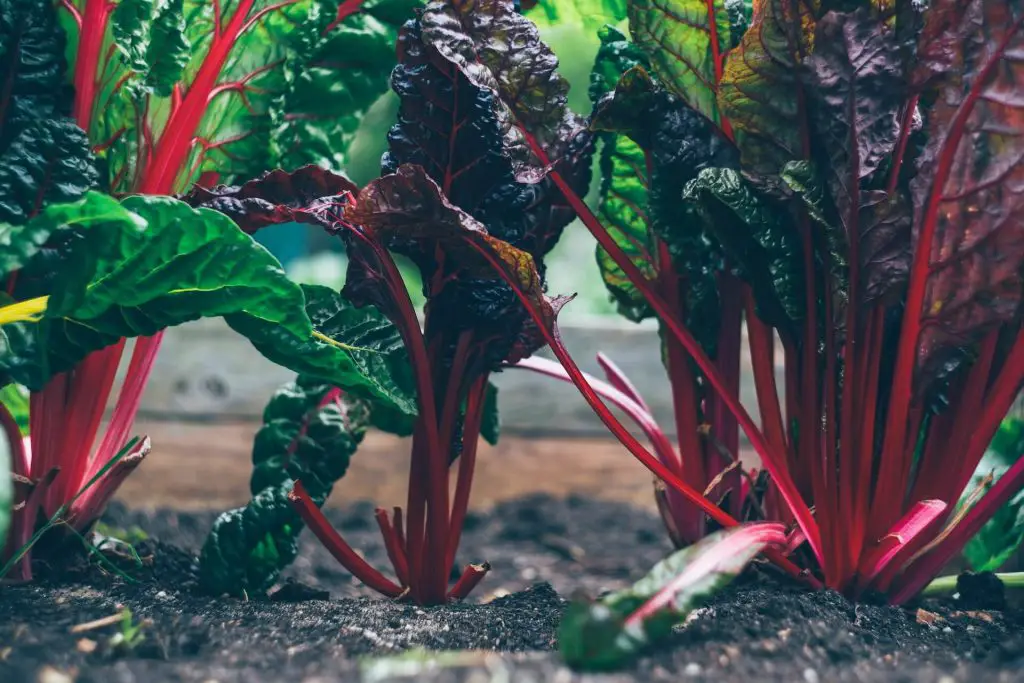
7. Lettuce
Remember all the times when you cut open your cabbage and you find little worms eating through your precious harvest?
Well, once again, leeks are the perfect solution here as the aroma from the leeks keeps these pests away.
8. Celery
If you are trenching your leeks, consider planting celery together because both of these plants grow very well using the trench gardening method.
The trench gardening method typically requires you to dig a trench and fill them up with fertilizer and moisture-retaining layers before you sow your seeds.
Also, they both require similar care and nutrients (potassium).
Additionally, celery is prone to attacks from aphids and carrot flies. The smell of leeks is the natural defender of celery from these pests.
9. Thyme
Thyme is known to attract beneficial insects, pollinators like bees and butterflies to be exact. But in the case of leeks, other than quality fertilizers, farmers believe that thyme will enhance the flavor of the leeks when planted together.
Well, if it improves the taste of my leeks, I’m certainly all for it!
10. Rosemary
Rosemary is also another plant that shares similar characteristics as thyme. Expect them to boost the flavors of your leek crops.
11. Melons
Leeks grow vertically while melons are ground sprawling plants. The presence of melons helps to prevent weeds from spawning and it also regulates the surrounding moisture levels which are essential for leek growth.
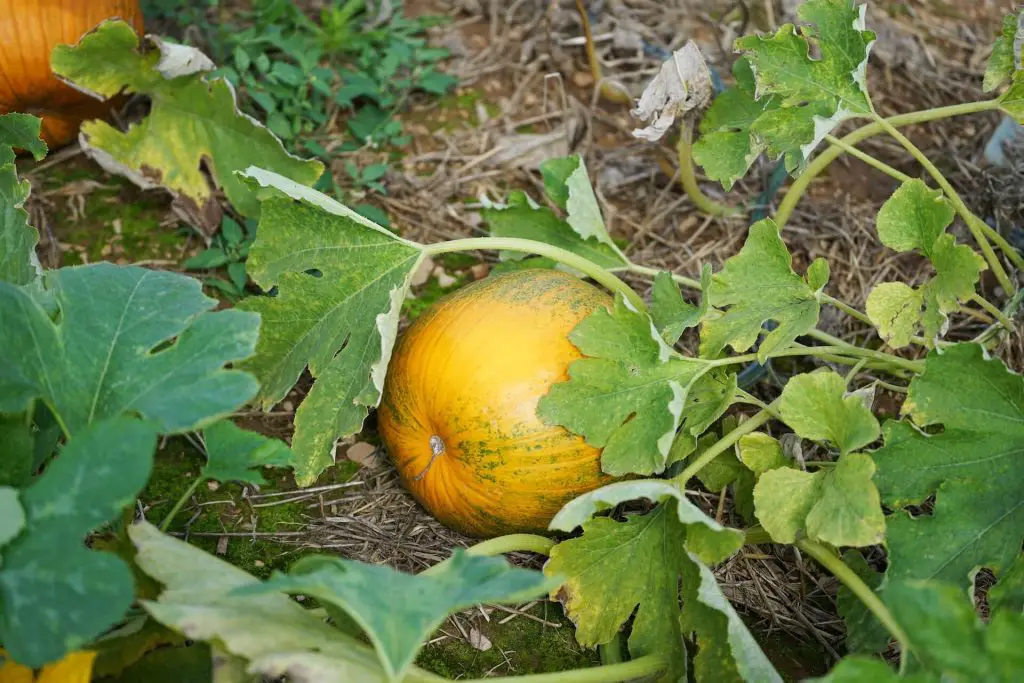
12. Corn
Both corn and leeks grow vertically but it is obvious that the corn plant spurs way higher. The wide overbearing leaves of the corn plant are excellent shade providers for the leek plant.
Pro tip! Instead of building trellises for your vertically crawling plants, corn is an awesome alternative! The corn plant structure is strong and sturdy enough to bear the weight of vertically crawling plants like peas and beans.
13. Parsnips
Parsnips are root vegetables that are highly susceptible to root fly attack. By growing leeks and parsnips, the leeks provide shade and hide the parsnips away from the root flies.
Parsnips in turn will help loosen and break up the soil as it grows into the soil which makes more room for the leeks to grow.
14. Chamomile
The beautiful chamomile flower is actually a very beneficial companion plant for leeks on three separate factors.
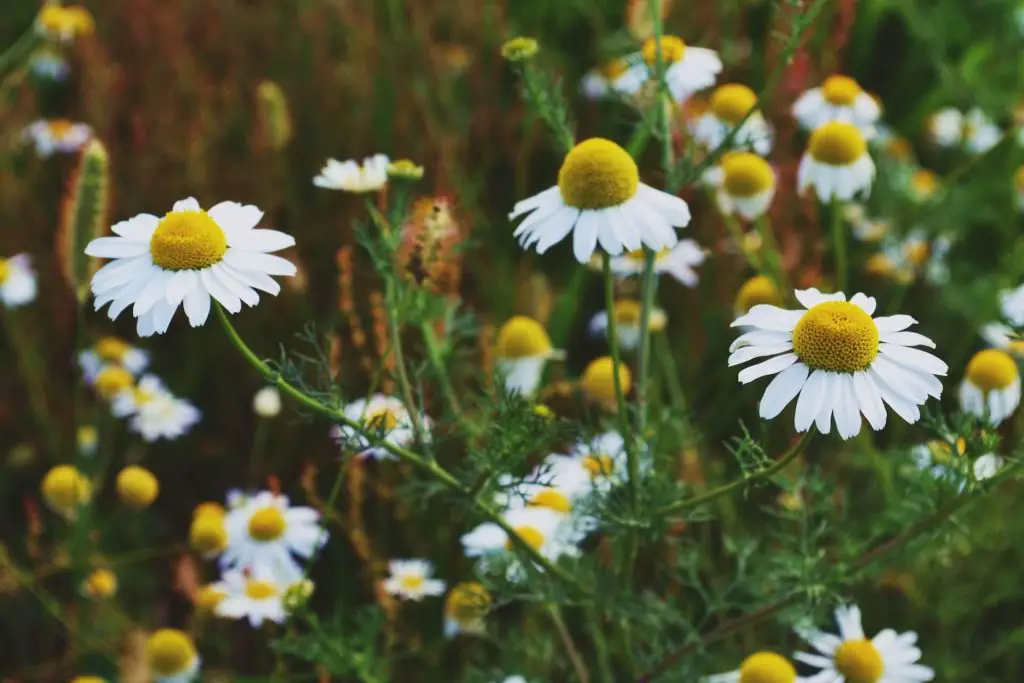
Photo by Ioana Cristiana on Unsplash
- First, sulfur. Chamomile is known to have high concentrations of sulfur around its roots. Leeks absorbing more sulfur improves the overall flavor of leeks.
- Secondly, chamomile regulates soil moisture level which is an essential factor for leek growth.
- Lastly, chamomile roots do not extend deep into the ground and hence will not compete with the leeks for nutrients. So they can cohabit with no issues.
15. Nasturtium
The pungent herbaceous aroma of the nasturtium plants is able to repel pests from leeks.
On a side note, the nasturtium plant can brighten up your garden with its vibrant red color. But do not neglect its leaves! They are jam-packed with nutrition and are a decent remedy when it comes to sore throats and colds.
16. Alliums
Leeks fall under the category of alliums with shallots, onions, and garlic. And for that reason, they all require similar care and needs. So, they are perfect companion plants to be planted together if you want all of them in your garden.
More importantly, they do not pose harmful effects to one another nor compete for nutrients as long as you provide enough of them.
17. Apple
This may sound odd but leeks are excellent companion plants for an apple orchard. By simply planting leeks a few feet away from the base of the tree, it can help prevent fungal attacks like apple scabs on the apple tree itself.
Leeks can also deter other pests like slugs and mites within the apple tree’s vicinity.

Photo by Ana Essentiels on Unsplash
Plants To Avoid Near Leeks
Now that we have covered some excellent plants to grow alongside your leeks, there are also some that you must avoid planting near your leeks.
Peas and Beans
Ask any gardener or farmer what not to plant with leeks. The answer will most definitely always be peas and beans.
The allium category which includes leeks is known to be a dreadful choice to be planted alongside peas and beans. Allium plants release certain biochemicals which stunt the growth of peas and beans.

Photo by Tom Jur on Unsplash
Peanuts
Peanuts are surprisingly also a member of the legume plant family. As such, the biochemicals from leeks will also affect peanuts the same way it affects peas and beans. Hence, they will definitely not thrive alongside the allium plant family like leeks and onions.
What Are The Benefits Of Companion Planting?
1. Fend Off Pests
Fending off pests is the main reason why companion planting is useful. Not only do you not need to use pesticides, but you also get to plant two crops simultaneously.
A simple example will be garlic. We all know that it has a strong odor and fortunately, insects and critters don’t really fancy the smell too! It is simply the perfect crop to keep pests away naturally.
If these pests are stubborn, your next best option might be an organic insecticide.
2. Attracts Beneficial Insects
Remember that Mother Nature has its own laws on how the ecosystem should work before human intervention.
In this case, certain plants can be used to attract pollinating bees to help pollinate your crops. For example, the borage plant is an excellent choice to attract honeybees.
Also, if some of the pests are immune to the pungent-smelling garlic, there are plants that attract certain insects which feed on these pests. Nasturtiums are a great example here as it attracts ladybugs who feast on aphids which tend to harm tomato plants.
Turning the laws of nature to your benefit! How cool is that?
3. Shade Provider
If your crop requires shade and you do not have the resources to build a proper shade mesh, companion plants are your next best choice. Simply pair tall leafy plants to provide shelter to your shade-loving crops.
And best of all, this requires minimal expenditure.
4. Provides Support
Certain plants like peas need support structures to allow them to sprawl and twine around as they grow. In this case, tall plants like corn provide the necessary structure for the peas to sprawl without compromising each other’s growth!
5. Soil Fertility
The quality of soil is another important factor when it comes to plant growth because that is where your plants get their nutrients from. And one of these key components is Nitrogen.
If you didn’t know, there are nitrogen-fixing plants and also non-nitrogen-fixing plants. So by pairing them together, you can naturally provide your non-nitrogen fixing plants with adequate nitrogen naturally. Some examples of nitrogen-fixing plants are peas and beans.
6. Impede Weed Growth
If you find yourself constantly having to weed your garden, you will be happy to know that companion planting helps impede weed growth.
In this case, if you have upright growing plants, pairing them with ground crawling plants will help deter weeds from growing around them. Otherwise, using a weed killer will be your next best choice.
Why Are Companion Plants Useful For Leeks?
For me, the ultimate goal of the companion plants for leeks is to protect the leeks from their mortal enemy, leek moths.
Of course, you can always use pesticides, but we are all certainly aware that the use of pesticides comes with a whole load of consequences to your health.
Research has proven the adverse effects of pesticides like skin allergies, irritation, and nausea.
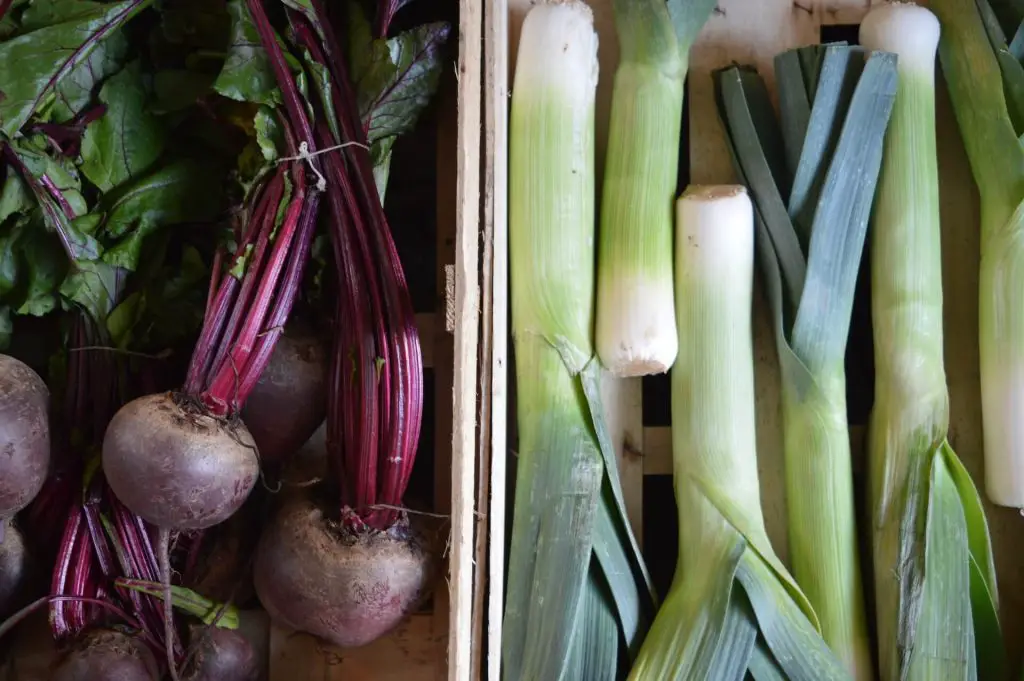
Personally, I advocate for pesticide-free produce in my own garden, and companion planting leeks works very well for the dishes I usually cook too.
And so, this is where the companion plant comes into the picture. With the right plants, you can certainly eliminate these pests. Au naturel.
FAQ On Companion Plants For Leeks
What Can You Not Plant With Leeks?
Wondering what you can not plant with leeks? Do not plant Peas or Beans with leeks as recommended by most farmers and gardeners. Leeks release a certain kind of chemical compound that is not favorable for the growth of peas and beans.
Exposing them to leeks for an extended period of time will eventually stunt their growth. Instead, choose companion plants like carrots and strawberries for leeks.
Can You Grow Onions And Leeks Together?
Yes, you can grow onions and leeks together. In fact, they are perfectly suited to grow alongside one another as both leeks and onions belong to the same parent group called Alliums. Therefore, they have very similar caring needs in terms of growing environment and nutrients which simplifies your effort tending to these crops.
Are Leeks And Carrots Good Companion Plants?
Yes. Leeks make great companion plants for carrots because they deter carrot flies, and carrots repel leek moths. Also, since both leeks and carrots are root vegetables, the growth loosens the soil as they grow. With the loose soil, it will result in larger produce without excessive use of fertilizer and growth enhancers.
What Grows Well With Carrots And Leeks?
Strawberries, cabbage, celery, tomatoes, beets, and lettuce grows well with carrots and leeks. Both carrots and leeks benefit from each other in repelling pests, the other crops mentioned also have pests that can be repelled by carrots and leeks. Naturally, you will plant them together to maximize the benefits of the carrots and leeks.
Can You Plant Leeks And Garlic Together?
You can definitely plant leeks and garlic together without any harm to either vegetable, as they are both Allium plants. This is pretty convenient as both of these crops have similar needs in terms of nutrients and soil requirements. Plus they attract similar kinds of pests (onion fly), and their aroma combination confuses the onion fly.
Can You Plant Leeks With Cucumbers?
Yes, you can definitely plant leeks with cucumbers. However, there are better options for companion planting for leeks as cucumbers do not really benefit leeks in any way and vice versa. Furthermore, using sunflowers as trellis replacement for cucumbers isn’t really recommended as cucumbers are heavier and require stronger support.
What To Plant After Leeks?
It is essential to plan what to plant after leeks as planting the same crop makes them an easy target for pests.
The usual crop rotation involving leeks is the potato-leek-peas rotation.
- First, prepare your soil compost and grow potatoes as the first crop in the rotation.
- After harvesting, you can now sow alliums like leeks and onions as an overwinter crop.
- Lastly, after harvesting your leeks or onions, you can now plant legumes like peas or beans.
Conclusion: Companion Plants For Leeks
We have it folks, all that you need to know about the perfect companion plants for leeks. I’d highly recommend you compile this list in a companion planting chart for leeks for ease of reference.
Hopefully, this article sheds some insights for you to consider which plant is perfect for the precious leeks in your garden. Nothing beats having fresh healthy leeks from your own garden to go into your soup or simply just oven roasted!
Speaking of which, I’m off to harvest some of my leeks to prepare my family’s favorite – potato leek soup!
If you do have any other tips and tricks on the companion plants for leeks, please do let me know so I can update and share your insights with our fellow gardening enthusiasts too!
Related posts
- 15 Companion Plants For Cauliflower (And 5 To Avoid)
- 15 Companion Plants For Rosemary (And 5 To Avoid)
- 13 Yarrow Companion Plants & What To Avoid! [2023]
- 13 Companion Plants For Bok Choy-Best & Worst![2023]
- 17 Companion Plants for Raspberries & What To Avoid!
- 10 Best Companion Plants For Celery & What To Avoid!






![Why Is My Plant Drooping?[And How To Fix It!]](https://aboveandbeyondgardening.com/wp-content/uploads/2021/10/Why-Is-My-Plant-Drooping-768x735.jpg)
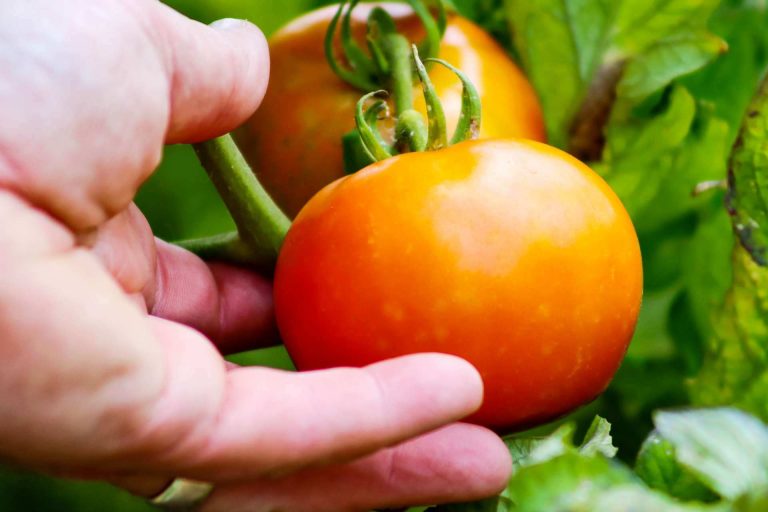
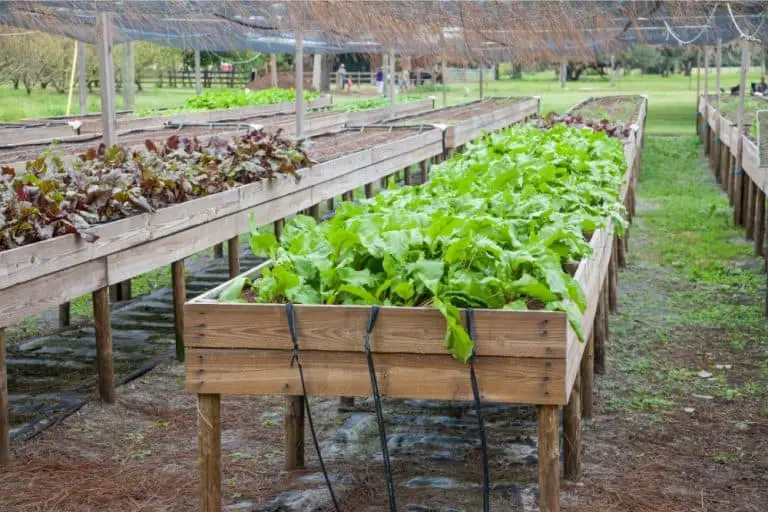
![8 Pumpkin Growing Stages [+ Growth Tips!]](https://aboveandbeyondgardening.com/wp-content/uploads/2022/10/Pumpkin-Growing-Stages-9-768x512.jpg)
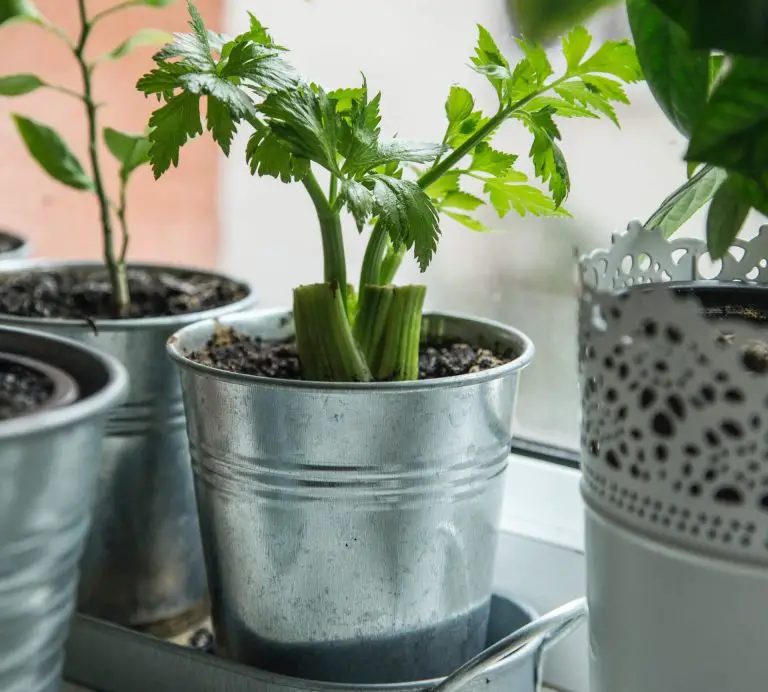
![Aquaponic Tomatoes: How To Grow, Common Issues + Best Varieties [2022]](https://aboveandbeyondgardening.com/wp-content/uploads/2022/08/aquaponic-tomatoes-768x512.jpg)
